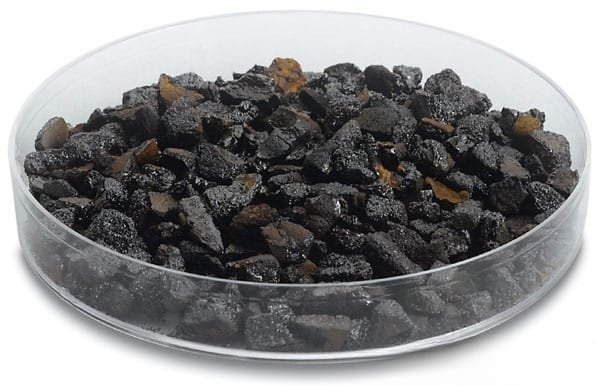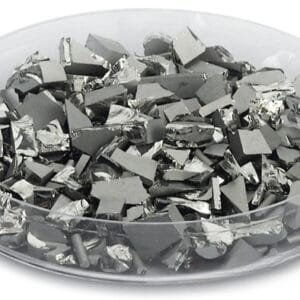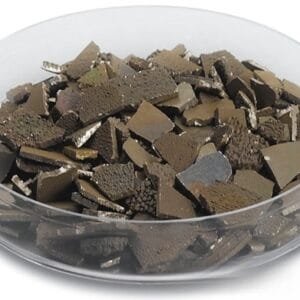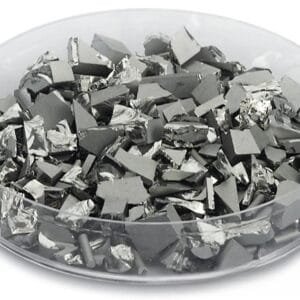Copper Selenide Evaporation Materials Overview
Copper selenide (CuSe) is a binary inorganic compound composed of copper and selenium. It is a crucial material in various deposition processes, known for its role in creating high-quality films. TFM (Thin-Film Mat Engineering) specializes in providing copper selenide evaporation materials with purity levels reaching up to 99.9995%. These high-purity materials are essential for ensuring the superior quality of deposited films.
Product Specifications
| Material Type | Copper selenide |
| Symbol | CuSe |
| Appearance/Color | Crystalline solid |
| Melting Point | 550 °C |
| Density | 5.99 g/cm3 |
| Purity | 99.9% ~ 99.999% |
| Shape | Powder/ Granule/ Custom-made |
Applications
Copper selenide evaporation materials are widely used in various deposition techniques, including semiconductor deposition, chemical vapor deposition (CVD), and physical vapor deposition (PVD). They are particularly valuable in optics for applications such as wear protection, decorative coatings, and display technologies.
Packaging and Handling
TFM ensures that copper selenide evaporation materials are carefully tagged and labeled for easy identification and quality control. We prioritize secure packaging to prevent any damage during storage and transportation.
Contact Us
As a leading provider of high-purity copper selenide evaporation materials, TFM offers a range of shapes including tablets, granules, rods, and wires. We also accommodate custom requests for specific forms and quantities. In addition, TFM supplies evaporation sources, boats, filaments, crucibles, heaters, and e-beam crucible liners. For current pricing and inquiries on materials not listed, please reach out to us directly.


 MSDS File
MSDS File



Reviews
There are no reviews yet.